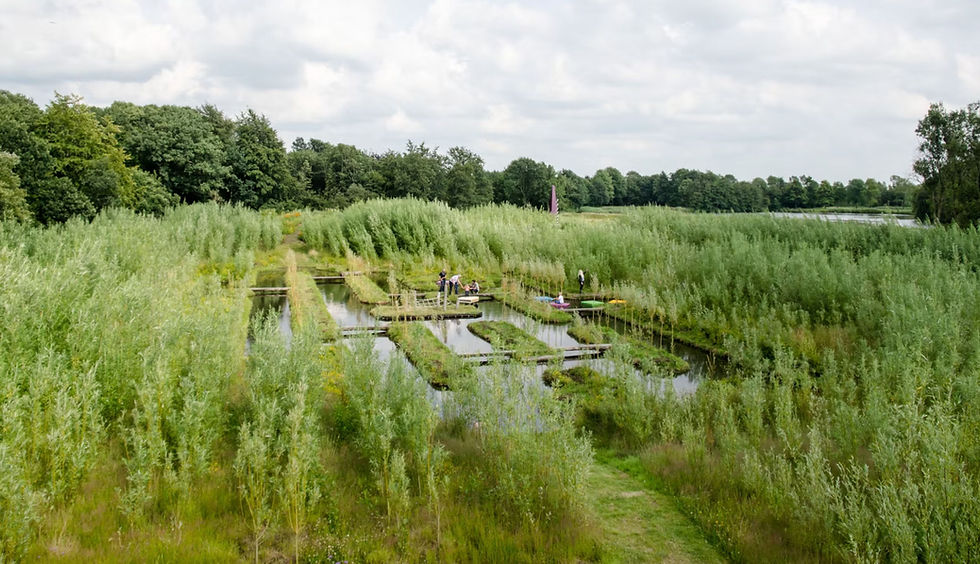Navigating the Modern Environmental Dilemma: Landscape Architect Point of View
- Ray Agung
- Aug 14, 2023
- 2 min read
Updated: Sep 23, 2024
Landscape architecture, at its heart, is about harmonizing the built environment with nature. Yet, as the challenges posed by climate change, urban sprawl, and biodiversity loss intensify, landscape architects find themselves grappling with a myriad of environmental dilemmas that are unprecedented in scale and complexity. This article sheds light on these dilemmas from the landscape architecture perspective and offers insights into potential pathways forward.

1. Balancing Urban Expansion and Green Spaces
With more than half of the global population living in cities and that number rising, urban spaces are expanding rapidly. This urban sprawl often comes at the expense of green spaces. Landscape architects face the challenge of integrating greenery into an increasingly concrete landscape. The dilemma here is how to ensure urban density that supports growth, while still preserving and even enhancing green, ecologically-productive spaces.
2. The Water Conundrum
Water plays a critical role in landscape architecture. It's vital for vegetation and often used as a key design element in the form of ponds, streams, or fountains. However, with changing rainfall patterns, droughts, and the depletion of groundwater resources, using water responsibly and sustainably has become a significant challenge. The question arises: How can water features be maintained or introduced without exacerbating local water scarcity issues?
3. Native Versus Exotic Plant Species
While the use of native plants supports local ecosystems and typically requires fewer resources, clients often demand exotic species for their aesthetic appeal or novelty. Landscape architects must navigate the dilemma of meeting client preferences while also ensuring sustainability and ecological responsibility.
4. Adapting to Climate Change
Rising temperatures, erratic weather patterns, and increasing sea levels are realities of our time. Landscape architects are on the front lines, tasked with creating designs that not only withstand these changes but also help mitigate their effects, such as urban heat islands or coastal erosion.
5. Respecting Cultural Landscapes
Modern designs often emphasize sleekness and novelty. Yet, in many places, there's a rich history of traditional landscape practices that not only have cultural significance but also carry ecological wisdom. How can contemporary designs be harmonized with these cultural landscapes without erasing or overshadowing them?
6. The Technological Intersection
Emerging technologies, like augmented reality or advanced irrigation systems, offer exciting possibilities for landscape design. However, there's a tension between embracing these innovations and ensuring that landscapes remain natural, accessible, and not overly dependent on technologies that may become obsolete.
Conclusion
Today's environmental dilemmas in landscape architecture are a reflection of broader societal challenges. They highlight the intricate balance we must strike between progress and preservation, innovation and tradition. Landscape architects, with their unique vantage point at the nexus of design, ecology, and culture, have a pivotal role to play in steering our built environments towards a sustainable and harmonious future. The dilemmas are vast, but so too are the opportunities for positive transformation.





Comments